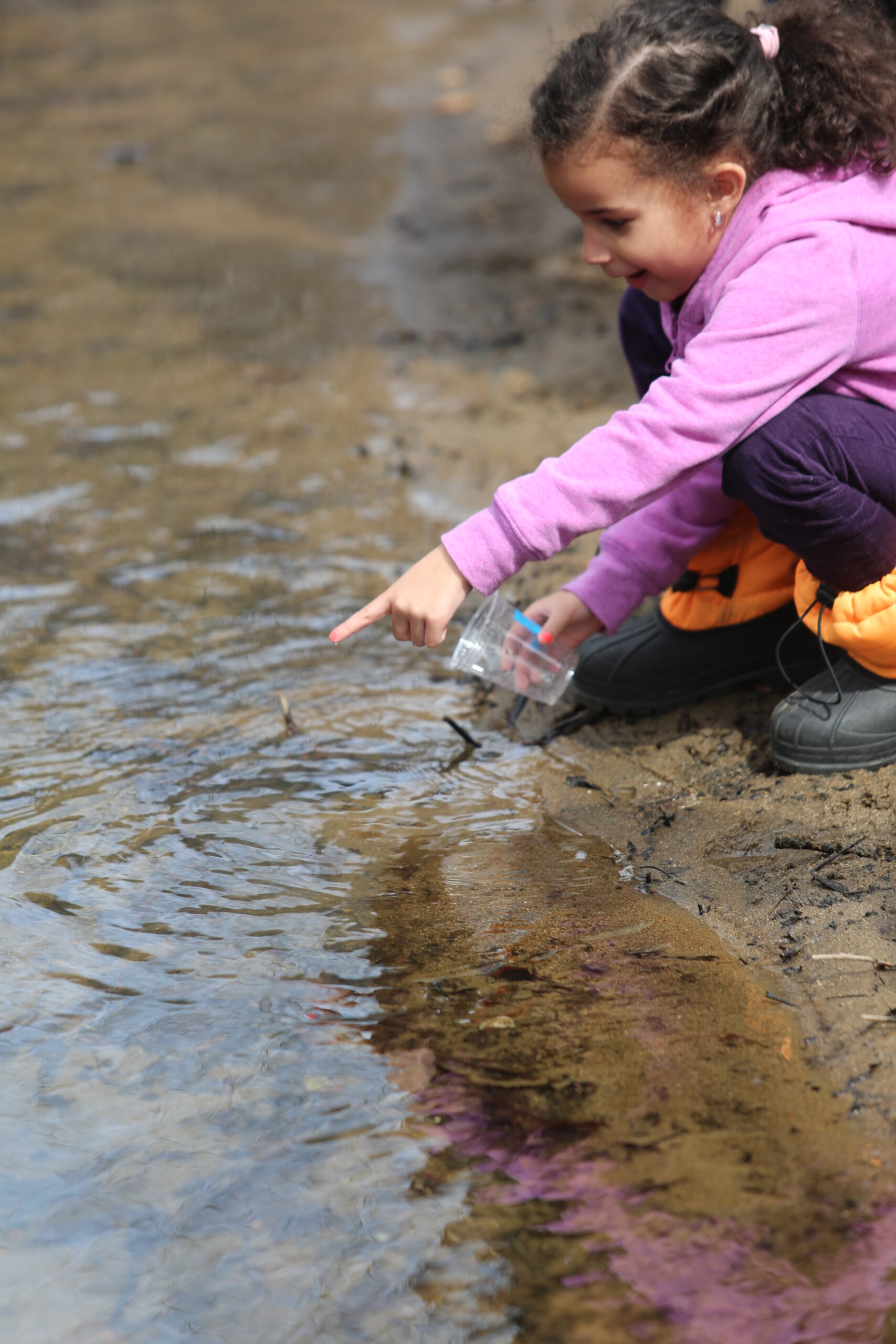- Designed for the NYC and NYC Watersheds Trout in the Classroom program
Objective: #
To teach students the important components of a healthy trout habitat
Background: #
Caring for trout in an aquarium can be a difficult task due to their sensitivity to changes in water chemistry, temperature and availability of dissolved oxygen. In their natural habitats in the streams of New York City’s drinking water watersheds, trout have access to cold and clean streams, rich in dissolved oxygen and covered by forest vegetation. Their food consists of the aquatic macroinvertebrates which also thrive in these watershed streams. Although an aquarium cannot contain all of the elements which create the natural habitats for trout, we can use equipment and tools to help trout survive until they are strong enough to be released into watershed streams.
Materials: #
Procedure: #
- Copy chart in the What Trout Need Worksheet onto the board
- Discuss with students how the aquarium will simulate a trout’s environment in nature. Review the conditions for trout development.
- Have students work in small groups. Distribute the brook and brown trout information sheets to each student. Give students 20 minutes to read the sheets and to discuss how a trout’s natural habitat meets the conditions listed.
- Allow time for groups to share their findings. Record responses on the board. For each item, call in students to say how the aquarium will meet those same conditions.
- After the discussion, have students copy the chart in their journals.
Wrap-Up: #
Ask students to share their ideas about which habitat might be better for the trout, and why. How is the tank better? How is nature better?






